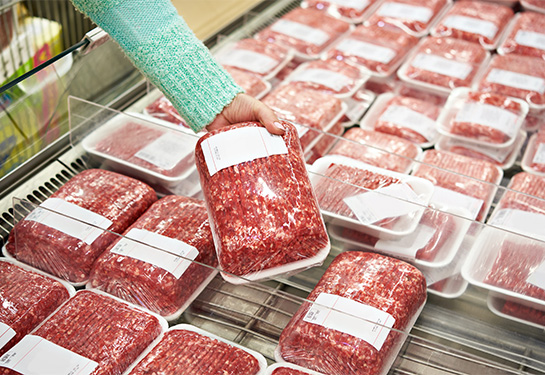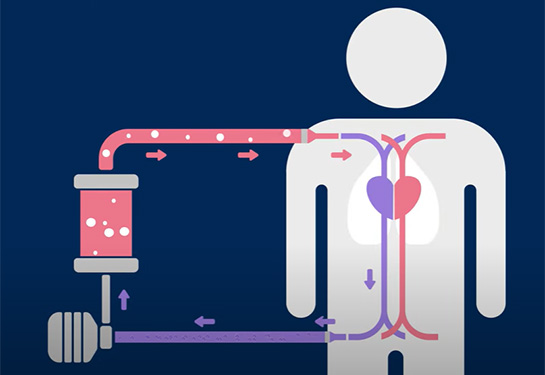Ground beef recall: What you and your family need to know about E.coli
With the announcement this week that 58,000 pounds of ground beef may have been contaminated with Shiga toxin-producing E. coli, you might be wondering about E. coli. What is E. coli? Who is at risk? How can you prevent an E. coli infection?
Dean Blumberg, chief of pediatric infectious diseases at UC Davis Children’s Hospital, answers those questions and more.
What is E. coli?
Escherichia coli (E. coli) is a common bacterium. There are several different strains of E. coli. Some cause no harm, while others can cause travelers’ diarrhea. And then there are strains like the Shiga toxin-producing E. coli that are worrisome because of the dangerous toxins they produce.
Those strains of E. coli have been linked to acute illnesses. People and animals can both carry E. coli. It can be transmitted person-to-person, for example, in a daycare environment. E. coli can also contaminate food. It is usually spread when people inadvertently consume invisible amounts of human or animal feces — which happens more frequently than we’d like to imagine.
Where is E. coli found?
E. coli exposures have been linked to the consumption of contaminated food and unpasteurized (raw) milk and juice, and animal contact, including petting zoos. Animals may carry it on their skin, fur or feathers and then can contaminate foods that people eat if they don’t wash their hands.
Foods that are at high risk of E. coli contamination include:
- Unpasteurized (raw) milk, or cheeses made from raw milk
- Unpasteurized juice and cider
- Undercooked hamburger
- Contaminated pieces of raw produce, including lettuce, sprouts, celery, onions, apples, etc.
Who is most at risk for becoming ill with E. coli?
Everybody can be at risk of getting infected. Symptoms show up between one and 10 days after exposure. These may include abdominal cramps and diarrhea, sometimes with blood in the stool. E. coli infections usually get better within a week.
What are some complications with E. coli?
There is a risk of developing a complication known as hemolytic uremic syndrome (HUS), a type of kidney failure. The following groups are at higher risk of HUS:
- Children under age 5
- Anyone over 65 years of age
- Those with a compromised immune system
How common is E. coli?
E. coli is not common, but there are outbreaks. E. coli can be scary, though, because of the risk of kidney damage.
What should someone with symptoms do?
I would advise anybody who has blood in their stool to contact their health care provider. If they have a fever associated with diarrhea, any decreased urination, or an increase in bruises or bleeding, it may indicate the onset of HUS, and one should seek medical attention immediately.
If someone does not have any of the symptoms mentioned above and has a mild illness with vomiting and diarrhea (with no blood in the stool) and can maintain hydration, the illness is likely to run its course.
How can people avoid getting E. coli?
Follow safe food handling and cooking recommendations:
- Wash your hands thoroughly after using the bathroom or changing diapers and before preparing or eating food.
- Wash your hands after contact with animals or their environments (farms, petting zoos, fairs or your own backyard).
- Cook meat thoroughly, to 160 degrees Fahrenheit.
- Avoid raw milk, unpasteurized juices and dairy products.
- Thoroughly clean all utensils and food preparation surfaces.
The safe food handling recommendations are not just applicable for E. coli. Listeria is another type of bacterium that can cause illness. It is found in different foods, like dairy products and soft cheeses, but the same precautions apply.




